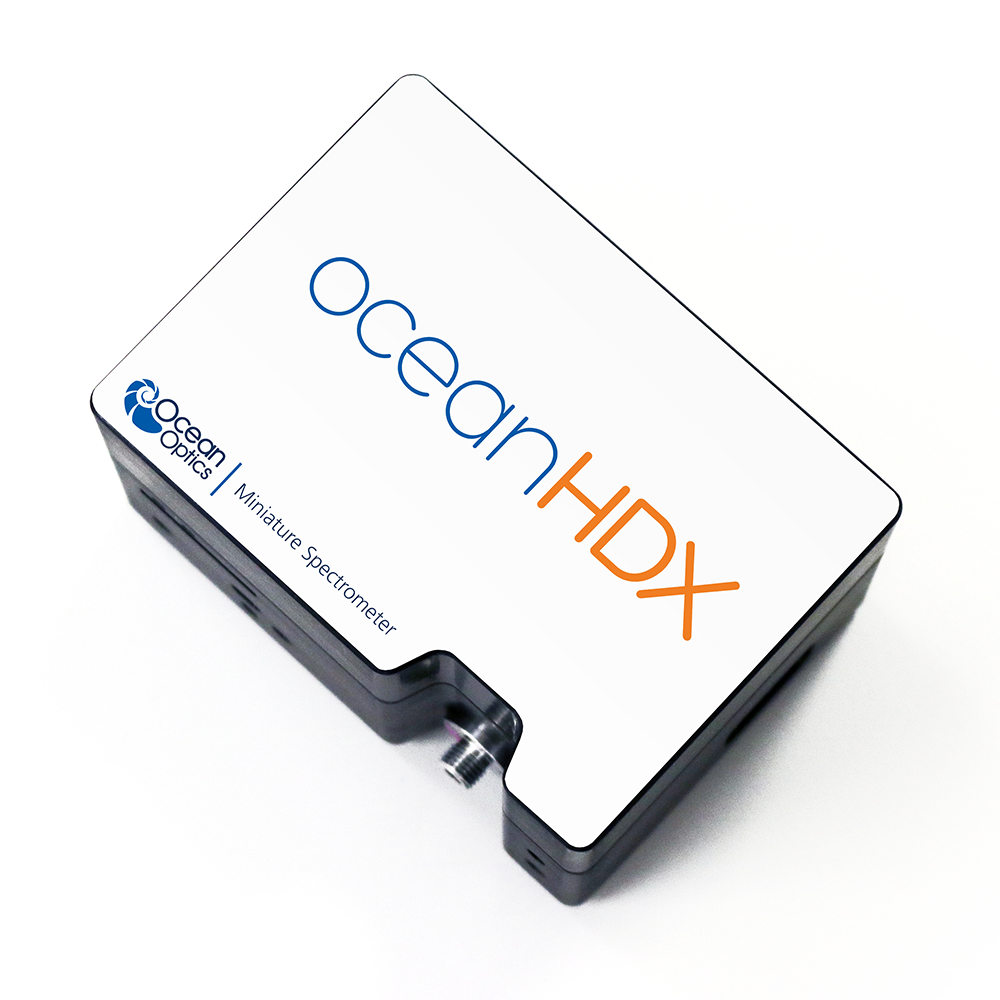Members Login

Channels
Special Offers & Promotions
Ocean HDX Spectrometer Delivers High Throughput and Low Stray Light
publication date: Mar 2, 2018
|
author/source: Ocean Optics
 New spectrometer is anchored by high definition optics and robust electronics
New spectrometer is anchored by high definition optics and robust electronics
The latest spectrometer from Ocean Optics uses a novel optical bench design and high-performance components to provide high throughput, low stray light and excellent thermal stability for integrated, industrial and research applications. The Ocean HDX has a back-thinned CCD array and new “High Definition Optics” design to deliver an exceptional level of spectral performance for a compact, UV-Visible spectrometer.
At the heart of the Ocean HDX is its High Definition Optics design, which uses a combination of optimized optical bench components, specialized materials and precision engineering to maximize optical resolution, increase throughput, reduce stray light and maintain thermal stability. This elevates system performance for several measurement types:
- Low stray light performance contributes to high dynamic range and high absorbance linearity (nearly 3 AU) for determining the concentration of analytes in solutions. These features also make it possible to measure optically dense samples, quickly and with high accuracy.
- High throughput and the use of a back-thinned CCD detector deliver higher sensitivity performance for low light applications including fluorescence.
- Optical resolution of <1.0 nm (FWHM) and extraordinary peak symmetry set a new benchmark for this size of bench, delivering superior performance in applications such as absolute color accuracy.
The Ocean HDX is responsive from 200-1100 nm, with thermal stability of +/-0.5 pixels from 0-45 °C. Its high thermal stability and small footprint – just 88.9 mm x 63.5 mm x 52.4 mm – make Ocean HDX ideal for OEM product integration and industrial applications.
Ocean HDX uses X-Platform Electronics to enhance its processing and communications capabilities. Powerful onboard memory storage and processing functions speed up analysis time while never missing a data point. Users can store up to 50,000 spectra and take advantage of onboard averaging to capture more spectral data in less time. Communications options include USB, Gigabit Ethernet, SPI, Wi-Fi, API Wi-Fi and RS-232, offering connectivity for most any application or environment.
Media Partners


